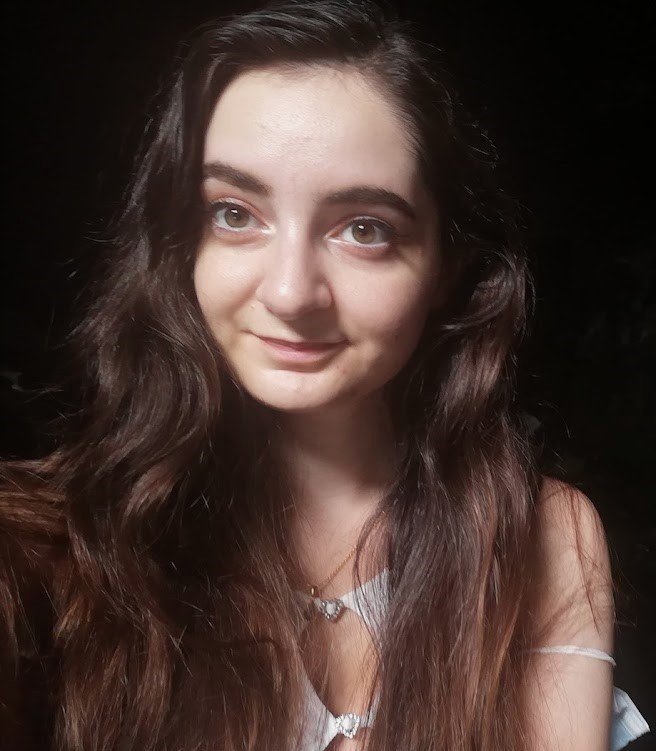This website was created with two big goals in mind:
To provide free educational material to the public
Allow easier collaboration between planetary researchers investigating cosmic dust.
Meet the team behind the creative process:
Our Team
-
Hi! I’m a PhD student at Imperial College London and behind most of the content on the website.
I’m currently investigating fossil micrometeorites found in Cretaceous Chalk to assess their preservation in the geological record. The concentration of micrometeorites I discover will be used to interpret ancient extra-terrestrial dust flux, which can give us a better understanding of past solar system events such as large-scale asteroid collisions.
My masters project investigated metal bead separation in spherules during atmospheric deceleration. I have a background in geology stemming back to A levels in 2015, and a passion for teaching science to others.
You can read more about me on LinkedIn, the ICL outreach page, or my ICL homepage
-
Hello! I am a contributor on this website.
I’m a recently graduated MSci student from Imperial College London. My project focused on comparing the characteristics and abundance of fossil micrometeorites recovered from different units of Cretaceous Chalk, including one section deposited during OAE2. This information can give us a better understanding of the ancient extra-terrestrial dust flux, as well as the paleoenvironment on Earth. I also investigated the efficiency of different fossil micrometeorite recovery methods, which can hopefully help maximise recovery yield in future studies.
I am now a PhD student at The Open University, and my research primarily focuses on the origins of anomalous basaltic achondrites, and what they can tell us about processes on planetesimals in the early Solar System. Micrometeorites still hold a special place in my heart, though – I actively try to stay involved in projects! I am also passionate about teaching science, especially introducing others to the wonders and awes of the universe!
-
Hi! I’m a PhD student at Imperial College London and a contributor to the website.
My research considers planetary processes that can produce spherules throughout the geologic record, and how these markers may help to trace climatic and environmental change. I’m usually looking for micrometeor-wrongs, though a micrometeorite is never too far away! Previously, I completed a Master’s degree studying cosmic dust on the nanoscale using atom probe tomography, characterising weathering and alteration products.
I am dedicated to science communication and outreach, particularly within space sciences. More info on these activities and my research can be found on my webpage and on X.
Our Goals
Our website was created to provide easily readable content on cosmic spherules for the public, collectors, and researchers. We want to encourage more people to search for their own spherules and contribute to planetary science in any way they can.
The study of micrometeorites is new and the discovery of spherules on urban rooftops and within rocks in the geological record is also recent. Since access to rooftops (and possibly sedimentary rocks) are easily accessible to many, we aspired to create a detailed guide on how to find and identify your own micrometeorites.
We hope that providing a well described, varied, and large collection of spherule data can help facilitate more contributions to this field so we can better understand key solar system events such as Earth impacts in the past.
Highlighted People and Appreciations
-

Dr Matthew Genge
Senior lecturer in the Department of Earth Science and Engineering at Imperial College London. Matt is the supportive supervisor of all individuals in the website creation team and key author in many micrometeorite related works. You can read more about him here: Imperial profile, and his socials here: Instagram and Twitter
-

Scötte Petersön
Urban micrometeorites collector and founder of micro-meteorites.com (an educational website showcasing his work on urban cosmic spherules). Check out Scott's amazing optical micro-photography collection on Instagram: scottmp123
-

Jon Larsen
Urban micrometeorites collector, jazz musician, and founder of Project Stardust. Jon has plenty of books describing micrometeorites in an easy to understand way for the general public. You can view his work here: Project Stardust and buy his books here: In Search of Stardust
-

Dr. Thilo Hasse
A guest researcher at the Museum für Naturkunde Berlin on urban micrometeorites. Thilo has an informative website with an extensive filterable database on his urban micrometeorites collected in Germany. You can check it out here: www.micrometeorites.org



